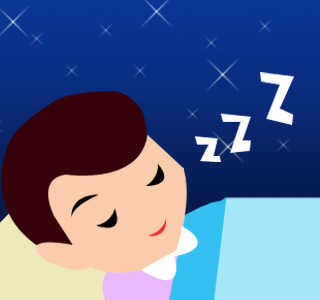
For this purpose, around 14 subjects were analyzed. Apart from assessing the body mass index (BMI) of the subjects, the experts were also believed to have strapped them with armbands to monitor their movements for about 23 days. This armband was believed to gauge the wearer’s body and ambient temperatures, energy expenditure and the total sleep time and quality.
After the completion of this analysis it was evidently discovered that the subjects with a higher BMI may have relatively used more energy as compared to the remaining subjects. It was seemingly also noted that days of low activity may possibly increase TST by about 42 minutes a night.
Dr. Eliasson says that, “It has long been recommended, even championed, that getting exercise is part of the recipe for improved sleep. Our data doesn’t support that notion. The longest sleep and best sleep efficiency occurred after days with low non-exercise exertion. Similarly, we expected that better-rested subjects would be more inclined to get exercise or have busier days. However, better-rested subjects got less exercise and had less calorie expenditure. After relatively more sleep, more than six hours, all measures of exertion decreased.â€
The experts have elucidated that different personality types may be responsible for these changes. Type A personalities characterized by high activity and ambitiousness during the day may be more restless during the night. Quite contrary to this Type B personalities characterized by less active and laid-back people may find it easier to fall asleep at night.
These findings were presented at the Associated Professional Sleep Societies’ annual meeting in Illinois.
